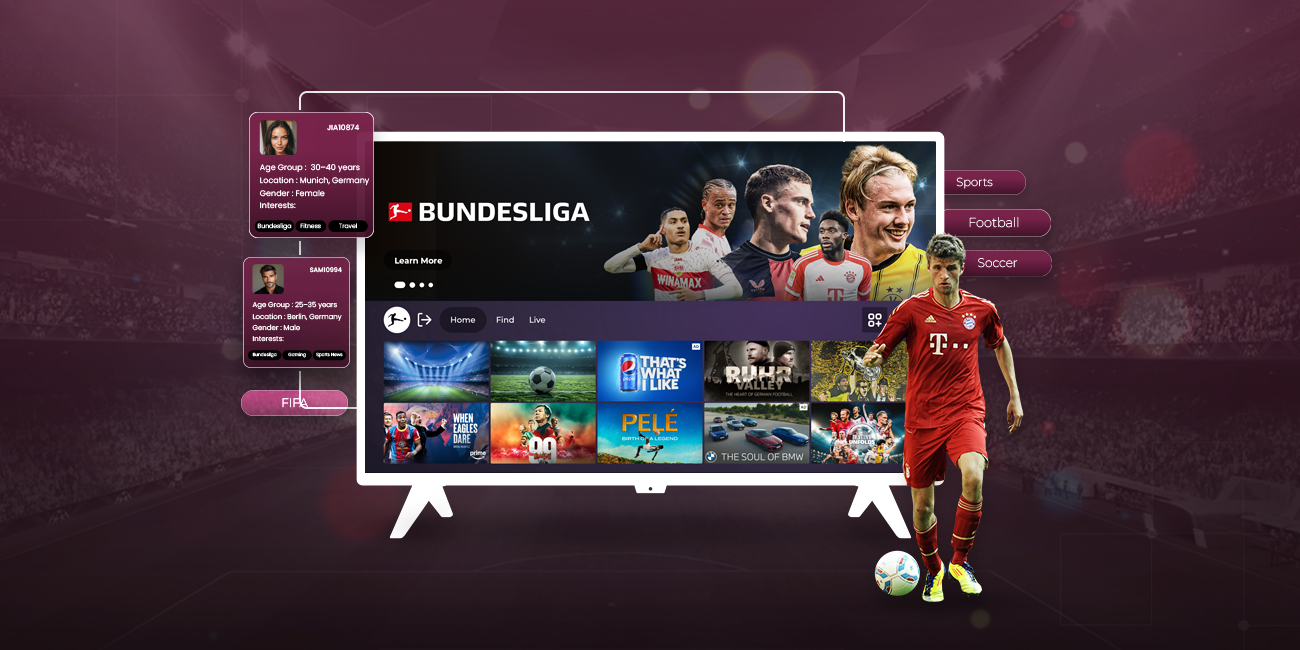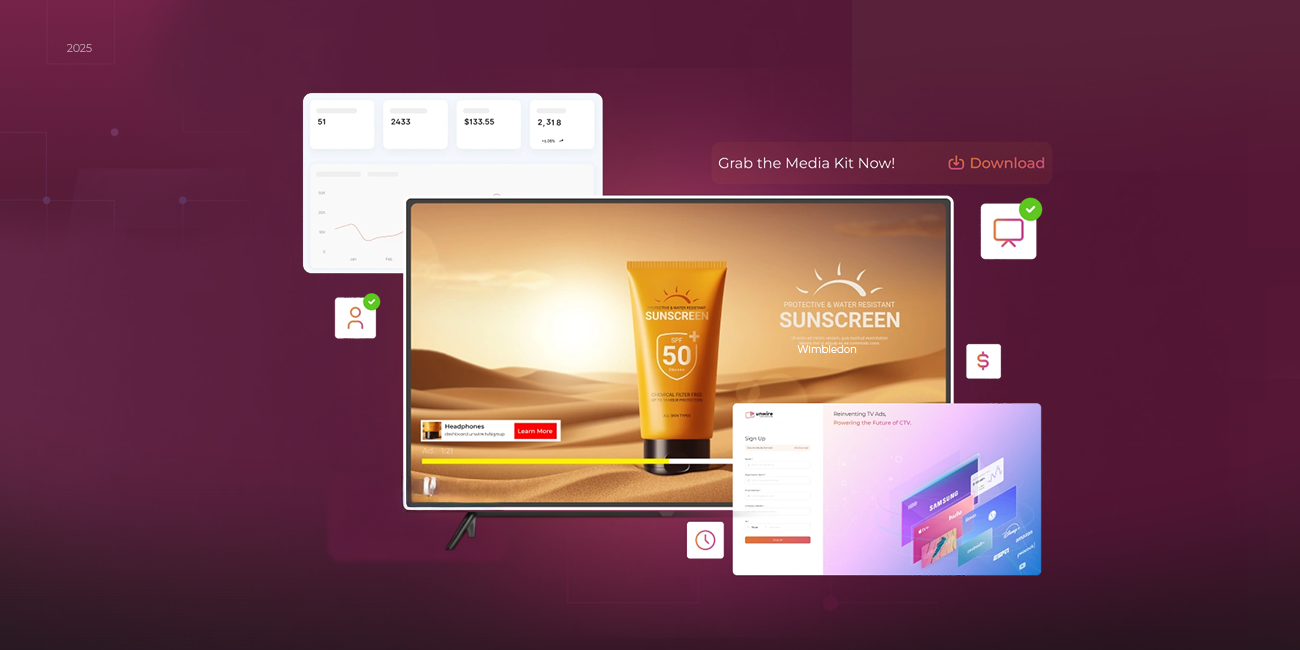
In the evolving digital advertising landscape, CTV has quickly emerged as a centerpiece of brand strategy, expected to reach Rs. 1500 crore by 2025. With viewership increasingly shifting to this platform, CTV has matured and adopted a more strategic approach that prioritizes context alongside audience size.
For brands navigating this landscape, the challenge surpasses being merely seen to being seen at the right moment, environment, and context. This is where context-aware CTV advertising comes into play, elevating ad effectiveness while driving measurable brand lift.
Why Context Matters in CTV Today?
Today, viewers anticipate a premium, TV-like experience with CTV that delivers relevance without overstepping privacy boundaries. Contextual targeting, particularly when powered by video-level data, offers a way forward with frame-to-frame analysis to learn what a viewer is watching, for advertisers to match their messaging with the mood, genre, tone, or even emotional intensity of the content. This video-level intelligence helps with contextually aware ad insertions across CTV inventory without relying on identity-based signals.
Moreover, the depth of this targeting is truly exceptional and enables brands to tailor their ads based on the specific content consumed in real time. Advertisers can align their messaging with specific episodes, series titles, show seasons, or even content keywords and metadata tags. Whether a user is watching a season finale of a suspense drama or a holiday-themed sitcom, ads can be served to reflect the moment’s emotional tone or thematic relevance.
Additionally, demographic and language targeting help fine-tune campaigns based on audience segments, age brackets, or household compositions to reach the right audience. Further granularity arises from device and platform-based targeting that enables them to customize creatives or delivery strategies based on TV manufacturers, screen sizes, operating systems, and even the streaming apps viewers are using. With POS sequence targeting, they can strategically place ads at the beginning, middle, or end of an ad pod, optimizing viewer attention and retention. Notably, by selecting the right mix of ads per pod and sequencing them optimally, ads reach viewers without overwhelming them.
Studies continue to support the role of context in enhancing brand recall, favorability, and purchase intent. When an ad appears next to relevant content, such as a tourism ad during a documentary on exotic locations, it fosters a natural viewing experience and enhances emotional responses.
To optimize this further, advanced unified CTV solutions provide a centralized method to manage auctions, curate ad pods, and measure performance across CTV apps, streaming devices, FAST channels, and OEMs, all while preserving the integrity of contextual signals. With built-in transparency and a unified analytical dashboard, brands can serve context-aware ads and also prove how those ad slots drive incremental brand outcomes. It also offers insights with statistical rigor, including confidence intervals, which enable advertisers to clearly understand the lift attributed to context-driven tactics compared to baseline performance.
Furthermore, through competitive separation and creative de-duplication, brands ensure that competitor ads are neither shown in the same ad break nor the same creative is served multiple times, preserving both the brand’s integrity and viewer satisfaction.
To conclude, as CTV becomes the focal point of the modern media plan, context-aware strategies powered by unified solutions and in-depth targeting intelligence improve how brands connect with audiences and redefine the viewing experience. For advertisers, aiming to build brand lift and long-term resonance, context isn’t just a feature of CTV—it’s its future.
Written by Alok Pandey, Vice President of Sales, Xapads Media








